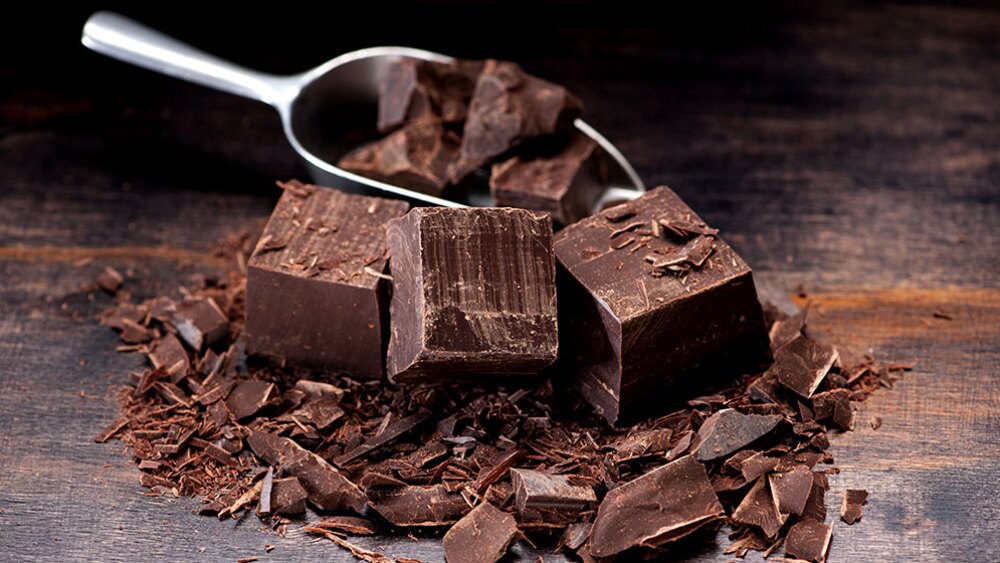Origins of chocolate
Chocolate, the irresistible delight that has enchanted palates across the world for centuries. The origins of chocolate are attributed to the ancient civilizations of Mesoamerica, particularly the Mexican people. The journey of chocolate from a sacred beverage of the Aztecs and Maya to the global phenomenon it is today is a fascinating tale that offers insight into the intertwined history of culture, nature, and human innovation.
Origins of chocolate: ancient beginnings
Long before chocolate bars and truffles graced store shelves, the indigenous peoples of Mexico were already relishing the rich flavors of cacao. The Maya and Aztecs, among the most notable civilizations of Mesoamerica, held cacao in high esteem, using it to create a frothy, bitter beverage consumed during important rituals and ceremonies. Known as “xocolātl” in the Aztec Nahuatl language, this concoction was a symbol of divine connections and was often enjoyed by rulers and nobility.
Cacao as currency and symbolism
The value of cacao extended beyond its culinary uses. The Aztecs, recognizing the worth of this precious bean, employed cacao beans as a form of currency in trade. Its importance can be seen in its representation on various artifacts, indicating its significance in both
Chocolātl: nectar of the Gods
The Maya and Aztecs attributed mystical qualities to cacao, believing it to be a gift from the gods. Historical accounts speak of cacao’s role in both mundane and sacred rituals. In a world where cacao held spiritual significance, it was often offered to deities and consumed by priests and rulers to establish a connection between the earthly and divine realms.
Spanish encounter and global expansion
The encounter between Mesoamerican civilizations and Spanish explorers marked a turning point in the history of chocolate. When Hernán Cortés arrived in the Aztec capital of Tenochtitlan (now Mexico City) in the early 16th century, he was introduced to the treasures of
Origins of chocolate: sweet transformation
The transformation of chocolate from its bitter, ceremonial form to the sweet indulgence we know today was catalyzed by the addition of sugar. Spanish influence led to the refinement of chocolate-making techniques, eventually giving rise to the solid chocolate we enjoy today. The invention of the chocolate press in the 19th century further streamlined the production process, making chocolate more accessible to the masses.
Mexican legacy in modern chocolate
Despite the global expansion of chocolate, the legacy of its Mexican origins remains vivid. The country’s climate and geography continue to make it an ideal region for cacao cultivation. Mexican chocolate, often imbued with spices like cinnamon and chili, retains the essence of its ancient predecessors, bridging the gap between tradition and innovation.
The discovery of chocolate by the ancient Mexican civilizations was a culinary and cultural revelation that transcended time and borders. From the sacred rituals of the Aztecs to the sweet indulgence enjoyed worldwide today, chocolate’s journey is a testament to the interplay between human innovation, nature’s bounty, and cultural heritage. As we savor our favorite chocolate treats, we can trace back their roots to the fertile lands of Mesoamerica and the rich traditions of the Maya and Aztecs.

